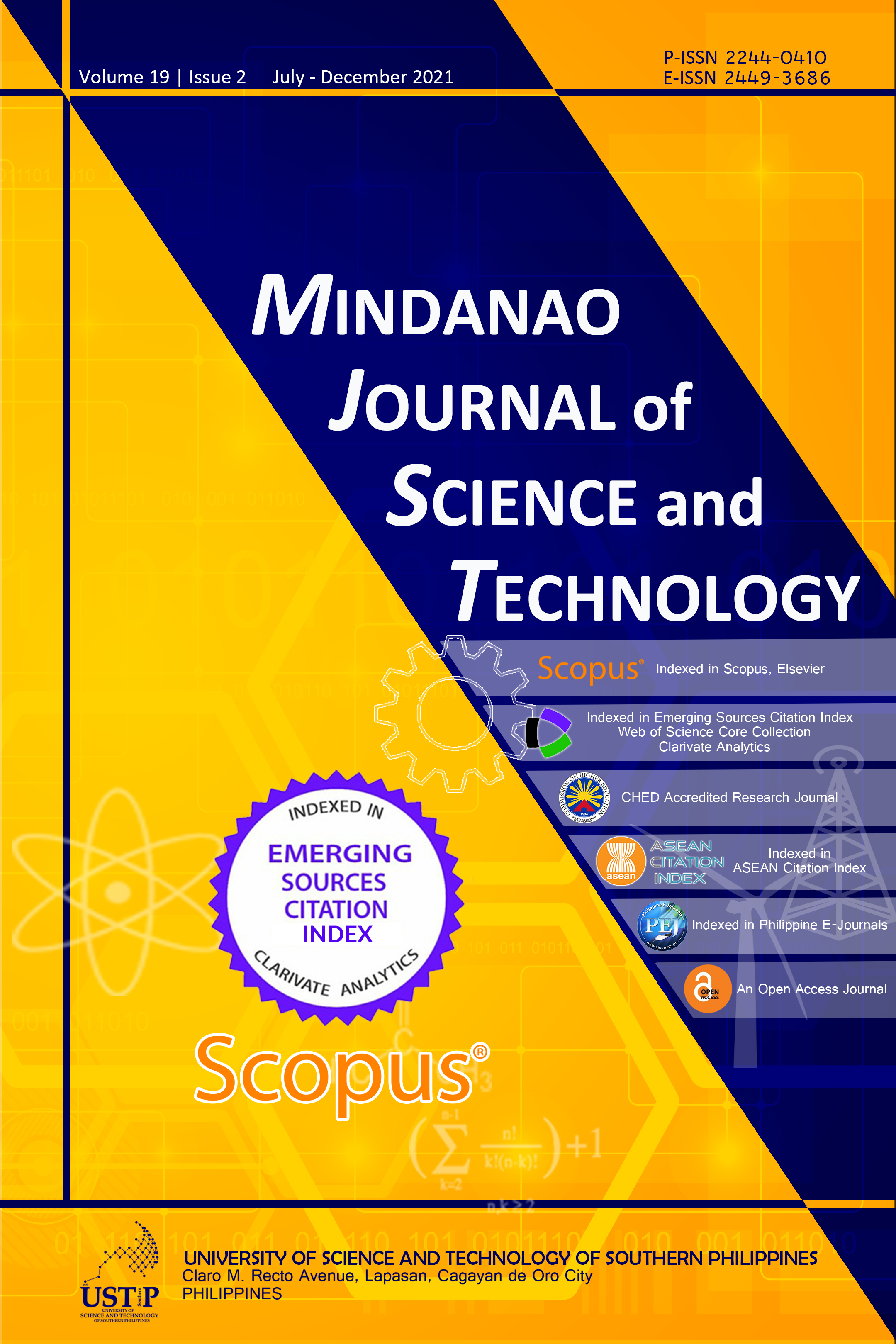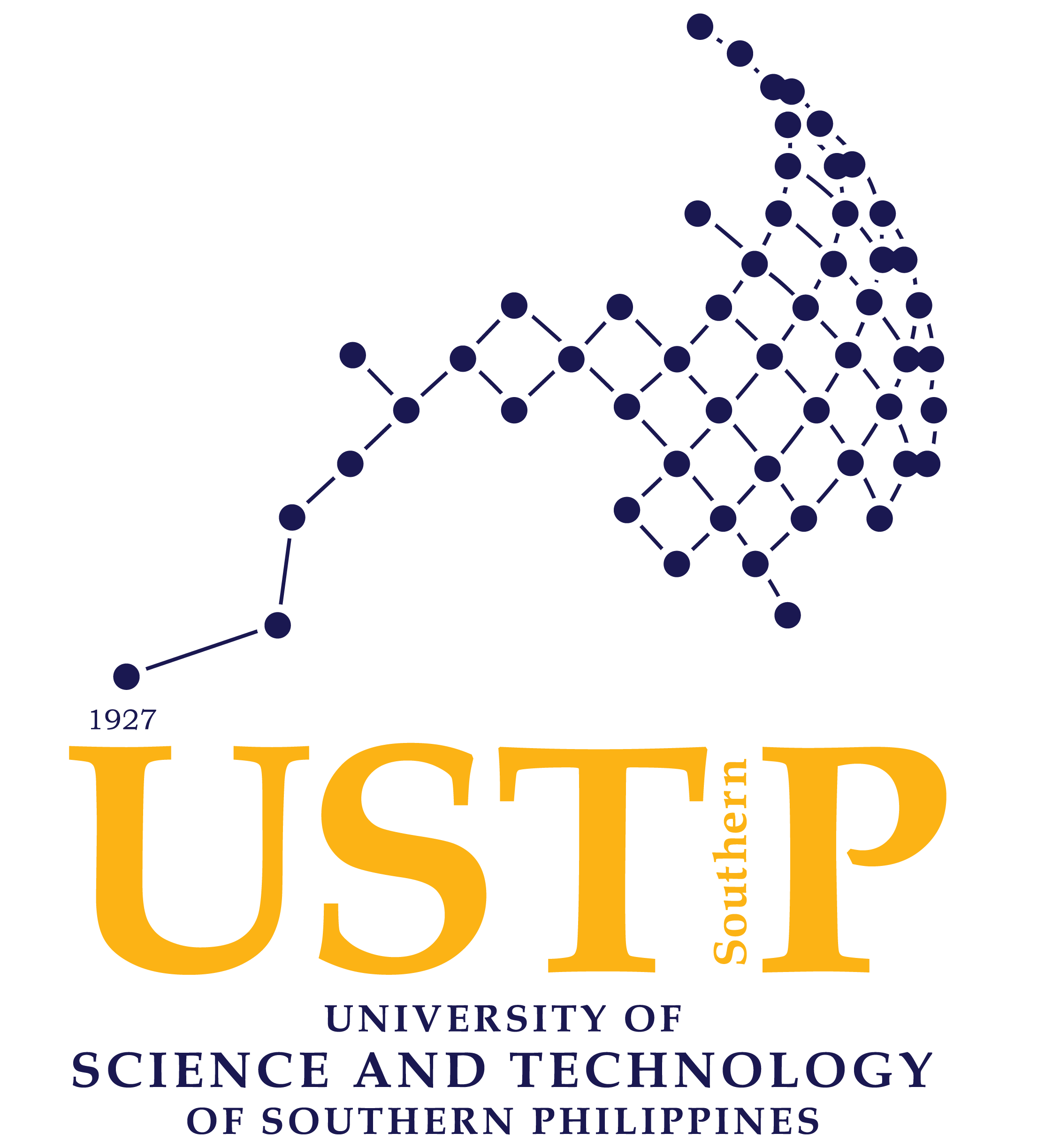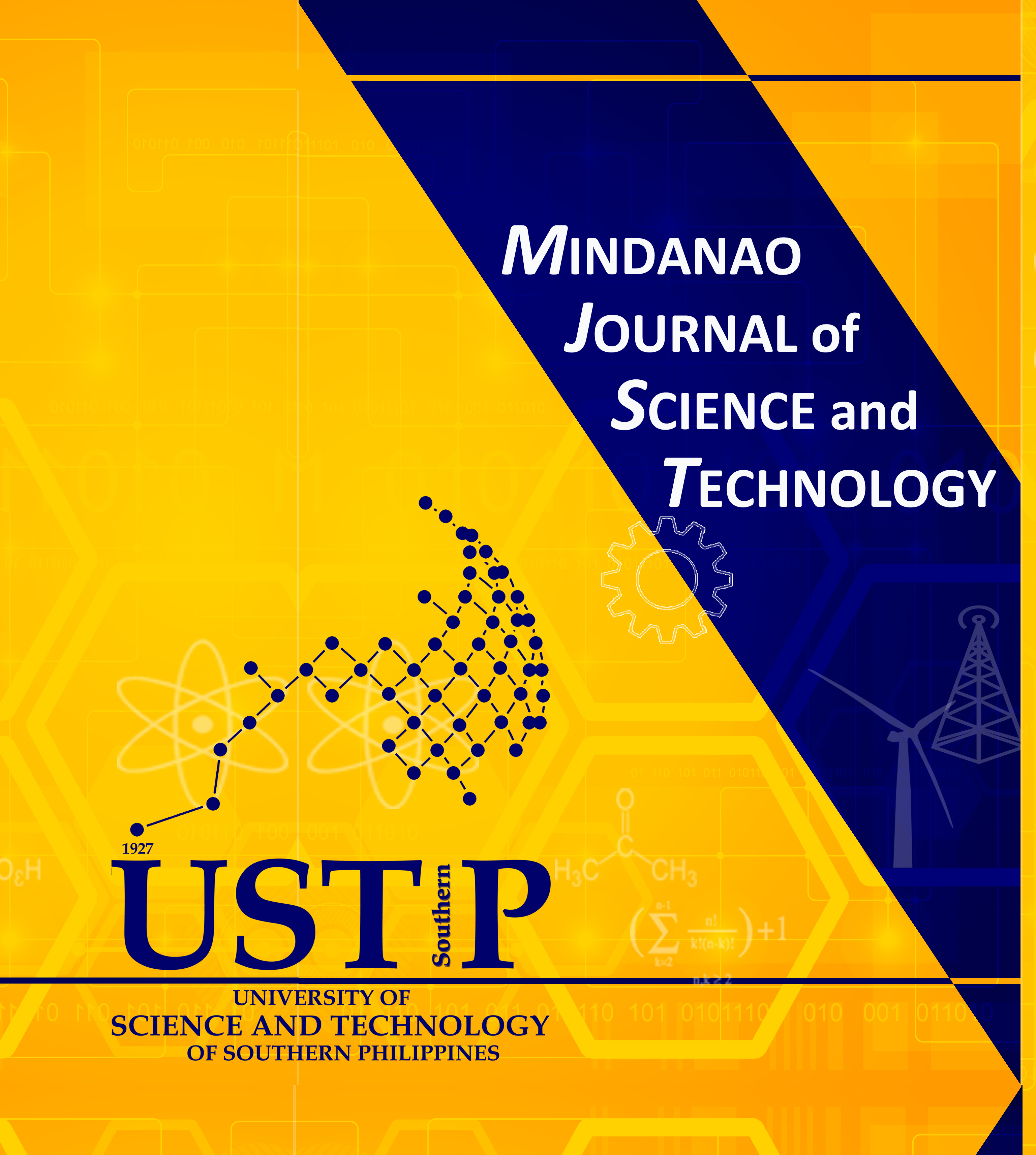Phytochemical Profile, Free Radical Scavenging Activity and Anticancer Potential of Pandanus odoratissimus Leaves Ethanol Extract
Keywords:
anticancer, antiproliferative activity, DPPH free radical scavenging activity, Pandanus odoratissimus, phytochemical profileAbstract
There is now an emerging interest in the discovery of a plant-based anticancer drug. Hence, this study determined the phytochemical profile of Pandanus odoratissimus ethanol (POE) leaves extract and investigated its preliminary anticancer capacity using 2,2-diphenyl-1-picrylhydrazyl (DPPH) radical scavenging activity (RSA) and in vitro antiproliferative activity by Saccharomyces cerevisiae yeast model. The phytochemical analysis of POE revealed the presence of flavonoids, phenols, steroids and tannins. The POE had fair amounts of total phenolic content (9.411±0.0115 mg GAE/g crude extract) and total tannin content (38.1511±1.116 mg TAE/g crude extract). The %DPPH RSA of POE significantly increased with concentration and inhibited more than 50% against DPPH. Tannic and gallic acids showed high potency in scavenging DPPH that was statistically comparable to the reference standard (ascorbic acid). In the antiproliferative assay, POE and tannic acid significantly inhibited yeast growth in a dose-dependent manner. At 1000 ppm, POE and tannic acid demonstrated the highest inhibition of viable cells at 76.04±1.08 and 86.25±0.33%, respectively. It was further revealed that the percent inhibition of cell viability and the %DPPH RSA of POE had a strong correlation (r = 0.9620). Hence, P. odoratissimus has bioactive compounds with potential chemopreventive effects.










